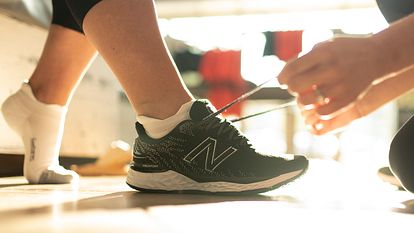Training for a marathon should be fun and engaging, but it will also be difficult and taxing along the way. Early on during your journey, you will feel very tired as you ramp up your running volume. At times, increased strength training and speed work will make you sore and achy. As much as your fitness will be increasing, you’ll feel slow and sluggish fairly often as your body (and mind) adapt to the increased training load.
The biggest keys are being as consistent as you can in your training and keeping things fun, says Sara Vaughn, a Puma-sponsored elite runner and mother of four who won the California International Marathon in 2:26:53 last December in her debut at the distance. Sure, there will be days where life gets in the way or you’re under the weather and want to skip a workout, she says. That’s not only OK, but normal and necessary. There’s not one single workout or run that will make or break your training, so you’ve got to make sure your process is consistent more than anything else — as well as fluid and adaptable — on your way to race weekend.







Join our Newsletter
Get deals, events, and more.
Connect with Fleet Feet
Get involved on social media.
Find a Location
Fleet Feet has over 250 locations nationwide!
Find a Store